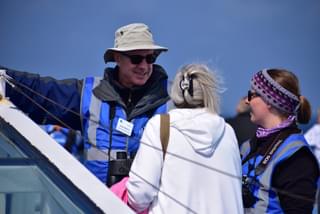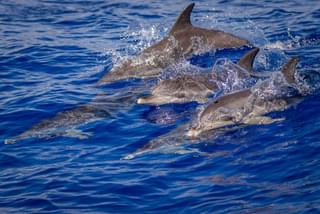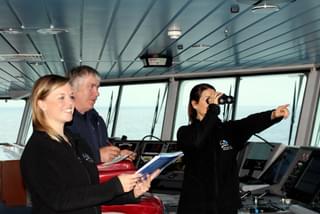Humpback whale
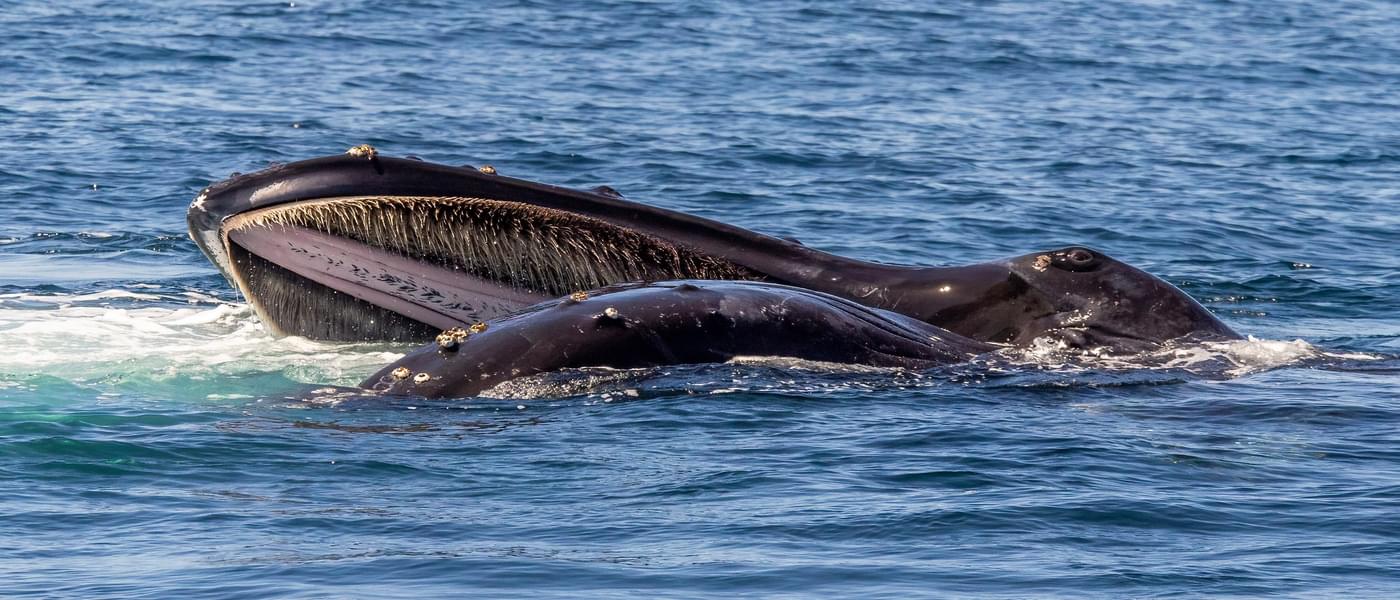
Megaptera novaeangliae
13 - 17m
Grey - black
Baleen
Dorsal fin
Humpback whales are baleen whales, and they are also rorqual whales. They have a flat rostrum covered in round, fleshy tubercles (hair follicles). They vary in colour from dark grey to black, but have a lighter underbelly. They have long pectoral fins, up to 5m in length, which are partly or wholly white in colour. Humpback whales have unique patterning on the underside of their tail flukes, which can be used to identify individuals.
Key features
- Bushy blow, ~ 3m high
- Small hump before the dorsal fin
- Long pectoral fin ~5m long or 1/3 of the body length
- Very active, often breaching
Behaviour
Humpback whales are one of the most energetic of the larger whales. They are quite active animals and are regularly observed breaching, lob-tailing and slapping their long pectoral fins on the surface. They are renowned for their elegant complex songs, which are sung by the males during courtship. These songs have been studied intensely and have been found to vary a little year upon year. When they feed, they sometimes feed as a group by using a method called ‘bubble netting’. Here a group of whales create a curtain of bubbles around a group of krill or small fish and trap them inside. Whales will then swim up through the ring of bubbles with mouths open, catching everything in their path.
Threats
Humpback whales numbers were depleted by whalers; however since they became protected in 1966 they have been making a slow recovery. Currently they are vulnerable to human impact through chemical and noise pollution, ship strikes and entanglement in fishing gear.
Distribution
Humpback whales are found worldwide with distinct seasonal changes in distribution. They typically spend the summer in high latitudes to feed in the cold waters, and winter in the warmer tropics to breed.
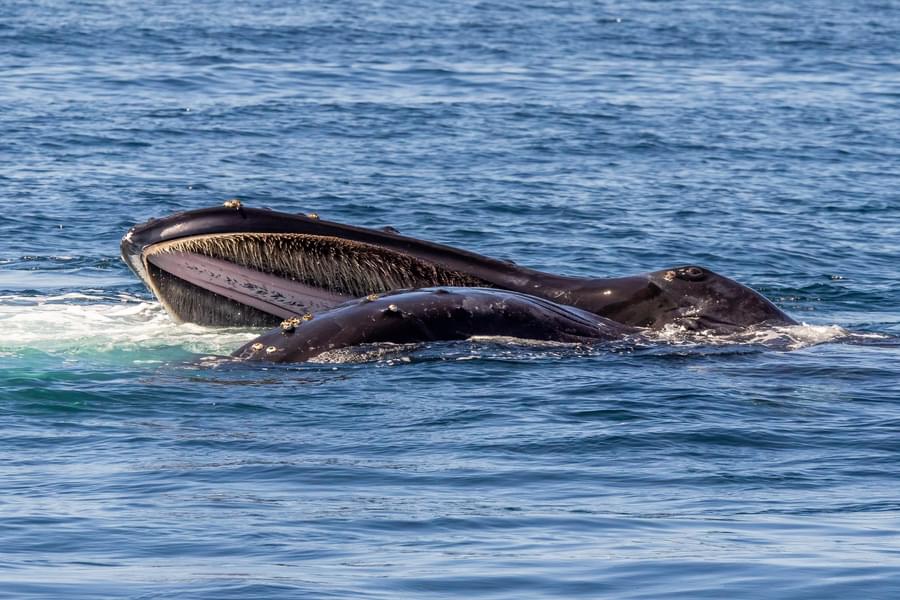
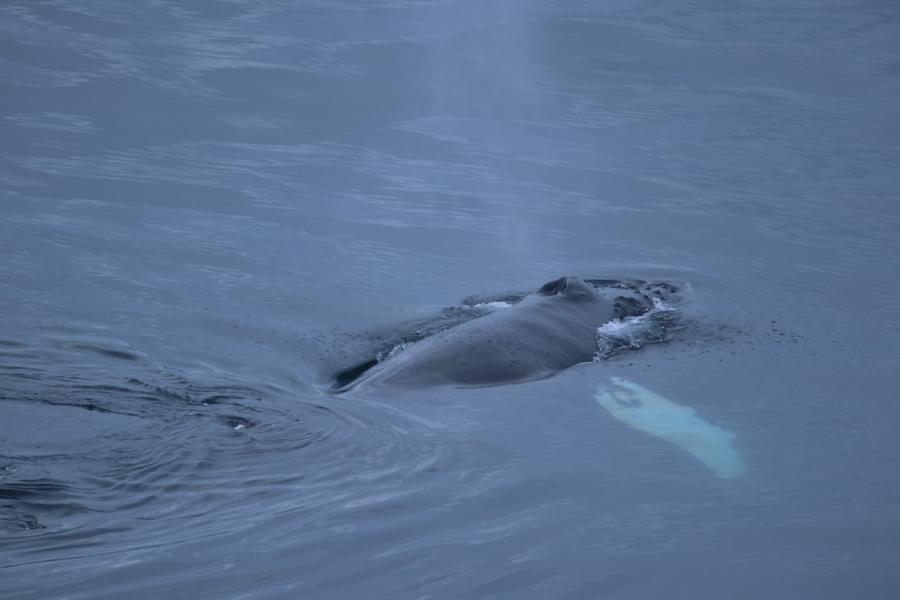
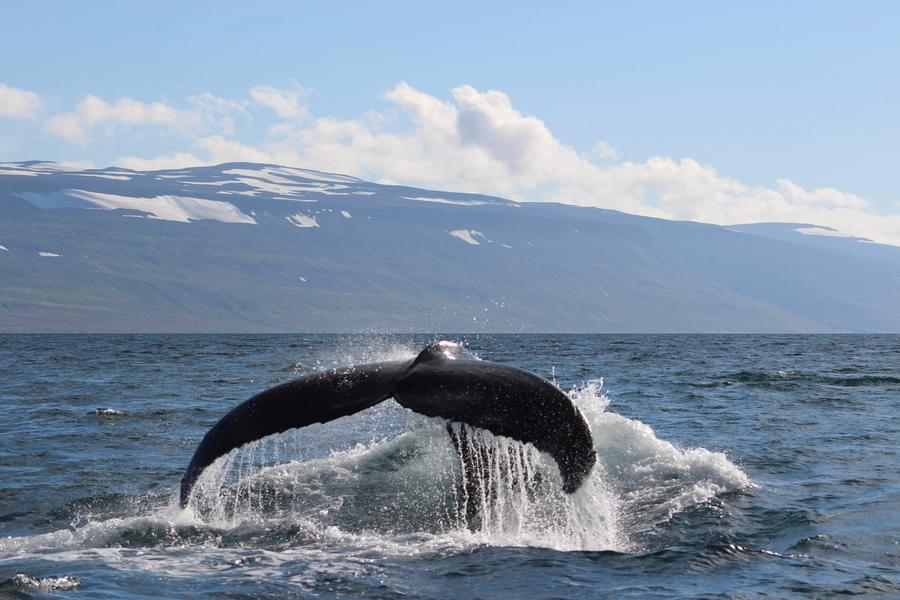
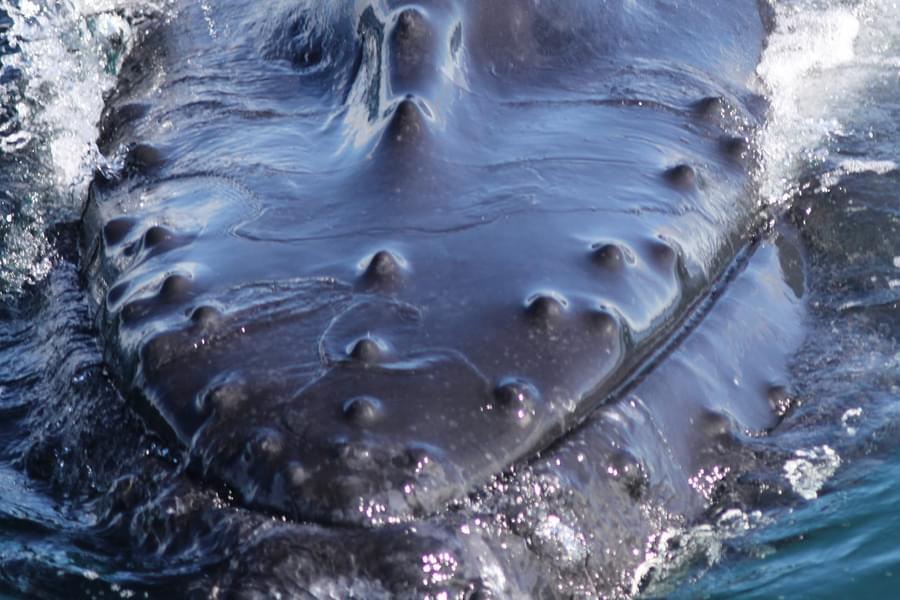
.jpg?w=900&h=600&q=85&auto=format&fit=crop&dm=1683137518&s=782ed1b06724090ee1e1cc4a1abb7a21)
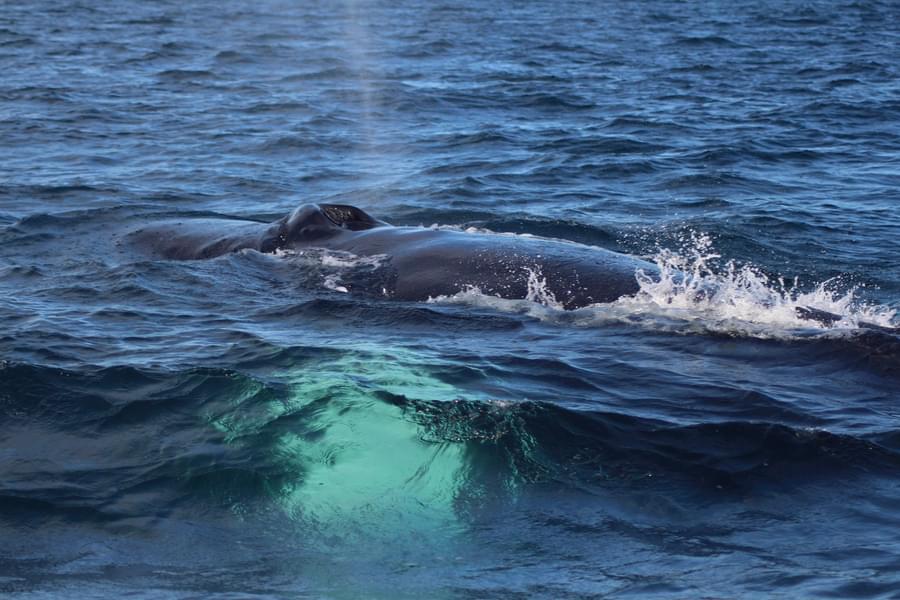
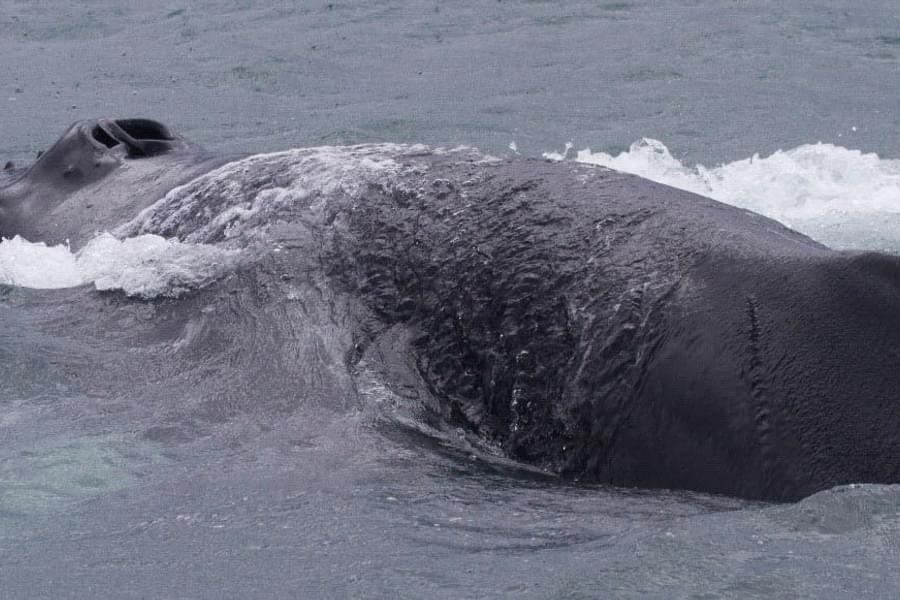
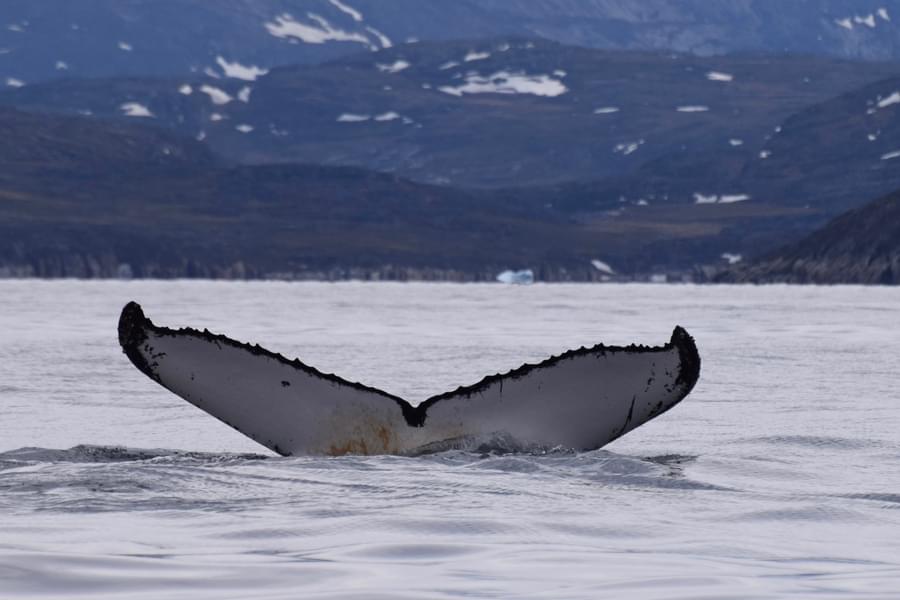
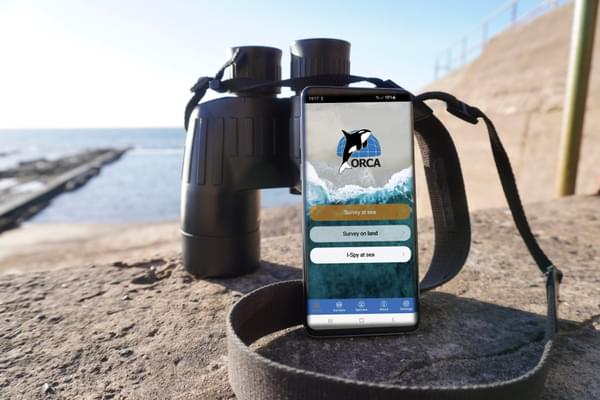
Study whales and dolphins as an ORCA OceanWatcher
The ORCA OceanWatchers online training course, along with a bespoke app, will enable everyone to collect data about whales, dolphins and porpoises. And it can be collected from anywhere that you can see the sea - whether that’s from your local beach, on holiday at the coast, scanning the seas from a cruise ship, travelling via ferry, or from your own boat.
You may also be interested in

